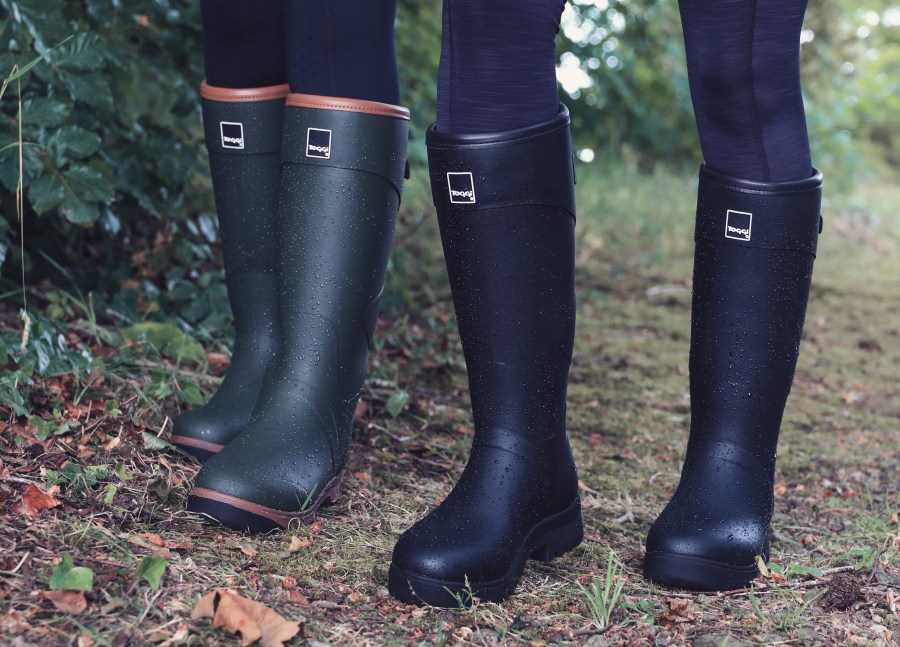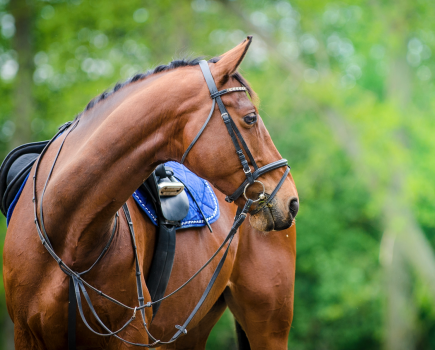Picking the right pair of wellington boots means you can wear them all year round. They are a staple item in most equestrian’s wardrobes for their flexibility and durability across a wide range of weathers and terrains. But finding the perfect boot for your needs can be difficult, as there are a few things you need to consider.
We breakdown the five key things you need to consider when selecting a boot.
1. Wellington boot materials
To decide which material your next pair of boots are made from, you need to ask yourself how much use they’re going to get. Are they going to be your daily footwear and subjected to endless punishment., or will you just dust them off occasionally when needed?
There are two main choices of outer material:
- Plastic polymer polyurethane boots are usually cheaper but can be stiff and less reliable in tough conditions.
- Natural rubber is supple and moulds to your feet, while being extremely durable.
2. Sole design
A good wellington boot should provide sure footing and traction on any surface. A narrow tread will offer better rip on a hard surface. A wider tread is better suited to soft, muddy conditions. A boot that combines both types of tread will give you the best security on all kinds of terrain.
3. Comfort and support
A reinforced sole that doesn’t over-flex can reduce fatigue and product extra arch support, while also acting as a shock absorber for increased comfort and foot support.
4. Lining
There are three main options of lining:
- Neoprene is a delight when it’s cold but, although soft and squishy underfoot, it can be a little too cosy when the temperature rises.
- Leather gives a truly luxurious feel, is surprisingly warm and breathable but, as you’d expect, they come with a higher price tag.
- Jersey is a fantastic alternative; it’s light and comfortable, even on warm days.
5. Fitting a pair of wellington boots
Whilst shoe size is the main thing you’ll be thinking of when picking a boot, don’t disregard your calf size. Ideally you’re looking for a snug fit around your foot, leg and calf, which will provide maximum comfort and ease of movement.
However, if they’re too tight they can be uncomfortable and rub. It’s worth considering the different types of clothing you’ll wear throughout the year, such as thicker socks during the winter months. Gussets with adjustable straps or full zips will help you find a comfortable fit .
Love hacking? Join our free #Hack1000Miles challenge and see how far you can go!








